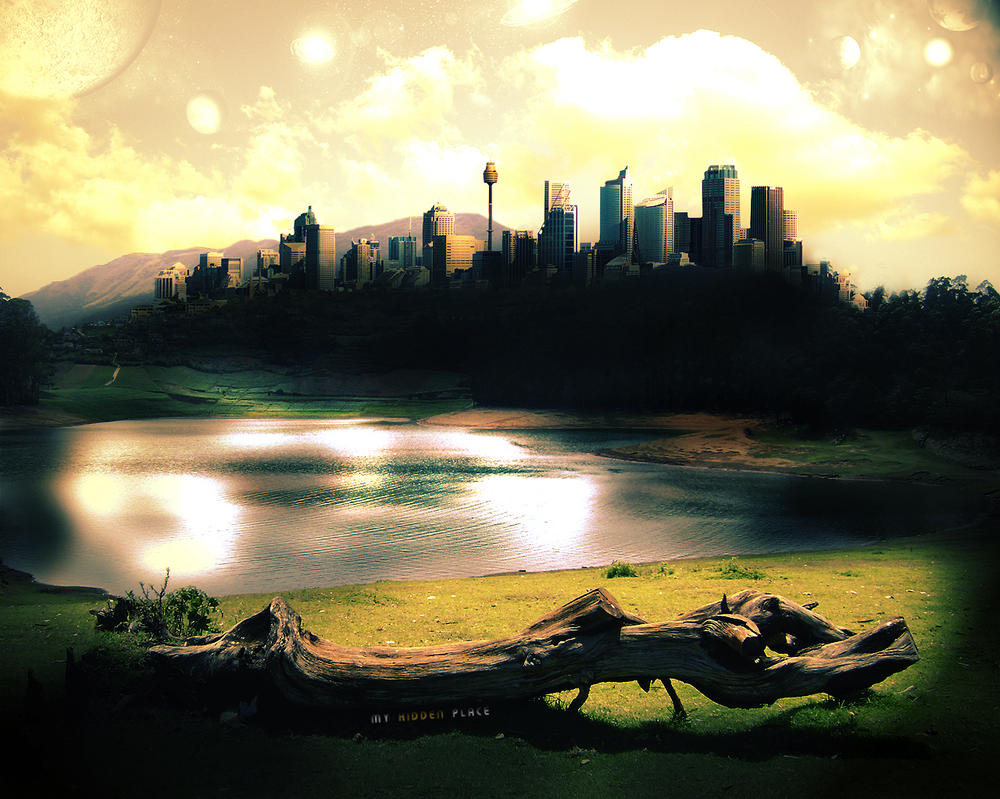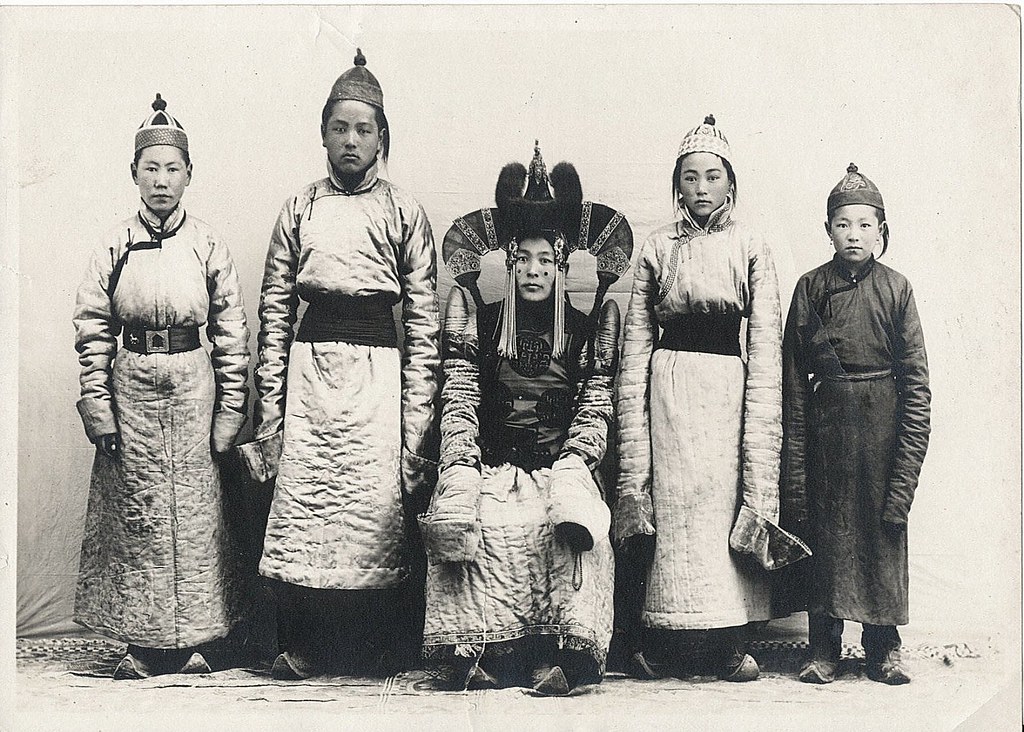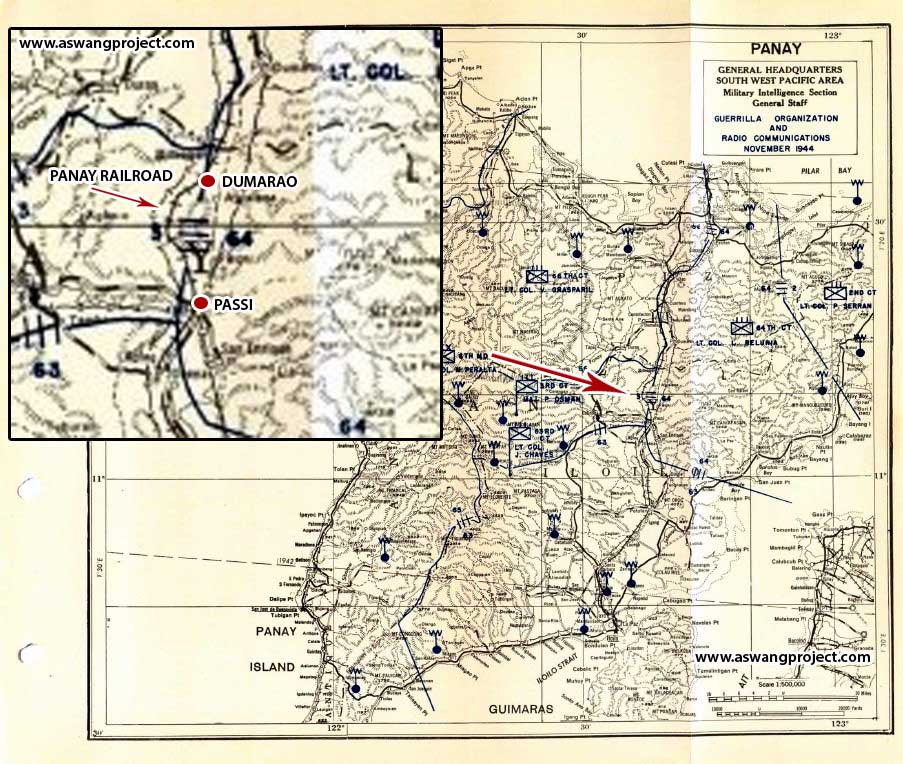We’ve all heard the stories about the hidden city of Biringan in Samar, but did you know there is another mystical city located in Iloilo? Somewhere between Passi and Dumarao, there is said to be a grand metropolis and the home of a Mongolian looking tribe known as the Tumao. I did a little research on this urban legend and have shared my findings below. First, here is the story for those who are unfamiliar with it. For clarification, it is my understanding that the tumao differ from the infant stealing mythical spirit known as the “tamawo”. In William Henry Scott’s Visayan Class Structure the ‘tumao’ are mentioned as a class of aristocracy or royalty between “datu” and “timawa” who had become “extinct” by the 16th century.
“And a half century later [after Legazpi], old Samarefios recalled the timawa as a lower order of datus, and even an extinct class in between called tumao.”

The Tumao and the Engineer
On the island of Panay in the province of Iloilo, when the Philippine Railroad was in construction, there happened a wonderful event. The scene of this event was the forest, covering a beautiful valley which lies between the stations now of Passi and Dumarao. One of the engineers of the company, while surveying the land covered by this extensive forest, heard a hoarse voice saying “My man!” The engineer raised his head, and saw a strange man who appeared from behind a bush. This man addressed the engineer in the following words, in the English language:
“I suppose you are going to survey this land,” turning back and pointing at the woods before him “for the railroad track.”
The engineer at first could not utter a word to this man whom he saw amidst these wild thickets, where nothing dwelt but the wild birds and beast. The man was of the Mongolian race. He was about six feet tall. He had squint eyes with thin eyebrows. He had a pale face with high cheekbones. He looked as if he had sprung from a good family. He dressed well, an indication of his cultured society.

After a short meditation, looking at the appearance of this “forester” the engineer replied: “Certainly, for this is the direct way through which the track will pass.” “But can you not take another way?” said the man. “If you continue your track through this place, you will cut the middle of the city and therefore destroy many of our buildings.” “Are you dreaming, my friend?” said the engineer. “I see neither city nor buildings in these wild bushes and woods. Go away from here. You are a troublesome fellow, for you are wasting my time by asking such a foolish question.” “It is true,” replied the man, “but if you do not want to be bothered, do not disturb our peace.” “Are you serious?” said the engineer. “Not a joke at all,” answered the man. “Come with me, and you will see that I am not joking at all.” “Tell me, good fellow, are we near your home, and can you show me the city?” asked the engineer. “Nay, the city cannot be seen by people outside of our sect,” answered the man, “but come and see and I will show it to you for the sake of our friendship.” The man raised his hand as if he were blessing the woods before him. The engineer thought at first that the man was crazy, but five minutes afterwards those woods were converted into a beautiful city with large buildings in it. “This is wonderful,” murmured the engineer. “I will not have longed for America if I had seen this city before. I could call it New York of the Philippines.” The engineer asked the man what tribe he belonged to. The man told him that he was of the tribe called the tumao. He took the engineer into his home. They came to a large house where the tumao made a feast for his new friend. Two hours later the engineer bade his friend good-bye. The engineer went down, but when he reached the threshold, the house of his friend, the tumao disappeared. The city that he saw before was converted again into a forest with wild bushes and woods. “This is wonderful,” exclaimed the engineer. “Was this event an illusion?” “No, there was perhaps some supernatural power in the man,” said the engineer to himself So he went home full of wonder, impressed by this mysterious event. When he reached home, he told this story to the vice-president of the company. The vice-president then, after talking over the matter, determined not to build the track through this place where this event happened. So if you will visit the track between the station of Passi and Dumarao, you can see a crooked rail, winding around the place where this fairy city was situated.
Where Fact Meets Fiction
In December 1905, a syndicate composed of William Salomon and Company, the International Banking Corporation, Heidelbach, Ickelheimer and Company, Cornelius Vanderbilt III, Charles M. Swift, H. R. Wilson, and J. G. White and Company was the sole bidder for the right to construct railroads on Cebu, Panay and Negros. In 1906, the syndicate was awarded the concession and the Philippine Railway Company Inc. was incorporated in the state of Connecticut, United States.
Construction began on a railroad from Iloilo City to Roxas City in Capiz with crews working from both cities and meeting in the middle in 1907. Crews working from the north and south met at the railway track’s highest elevation in a flag stop near Passi’s border with Dumarao, later called Summit. Operations began immediately upon completion. The original route was 117 kilometers (73 mi) long, included 19 permanent and 10 flag stations and connected the then-towns of La Paz, Jaro, Pavia, Santa Barbara, New Lucena, Pototan, Dingle, Dueñas and Passi in Iloilo and Dumarao, Dao, Panitan, Cuartero and Loctugan in Capiz.
According to the urban legend, and historical facts, the meeting mentioned above between the engineer and the Tumao would have been sometime in 1906/1907. Looking at a map of the old railway from a 1944 Panay map, I was surprised to see there is actually a section between Passi and Dumarao that curves. The skeptic in me can easily brush this off as a necessary diversion to avoid steep terrain, soft soil, or some other hurdle, but the part of me who wants to believe in the unknown finds this fact interesting enough to give a solid “hmmmmm”. Looking on Google maps today, the area with the hidden city has been cut through with the Iloilo East Coast-Capiz Road and is scattered with various farmland. So if this urban legend had any truth to it, the city has likely been destroyed.

Was there a mystical hidden city located in Iloilo? Like folklore and myth, that answer is entirely up to the reader. However, as science grows closer and closer to explaining spirits, parallel universes, and unknown energy (plus its effects on our psyche), the gap between the unknown and quantifiable fact lessens.
ALSO READ: BIRINGAN CITY, Philippines | Invisible City | Engkanto
Jordan Clark is a Canadian born descendant of Scottish immigrants living on the homelands of the Lekwungen speaking peoples. His interest in Philippine myth and folklore began in 2004. Finding it difficult to track down resources on the topic, he founded The Aswang Project in 2006. Shortly after, he embarked on a 5 year journey, along with producing partner Cheryl Anne del Rosario, to make the 2011 feature length documentary THE ASWANG PHENOMENON – an exploration of the aswang myth and its effects on Philippine society. In 2015 he directed “The Creatures of Philippine Mythology” web-series, which features 3 folkloric beings from the Philippines – the TIKBALANG, KAPRE and BAKUNAWA. Episodes are available to watch on YouTube. Jordan recently oversaw the editing for the English language release of Ferdinand Blumentritt’s DICCIONARIO MITOLÓGICO DE FILIPINAS (Dictionary of Philippine Mythology) and is working on two more releases with fellow creators scheduled for release later this year. When his nose isn’t in a book, he spends time with his amazing Filipina wife of 20 years and their smart and wonderful teenaged daughter.


